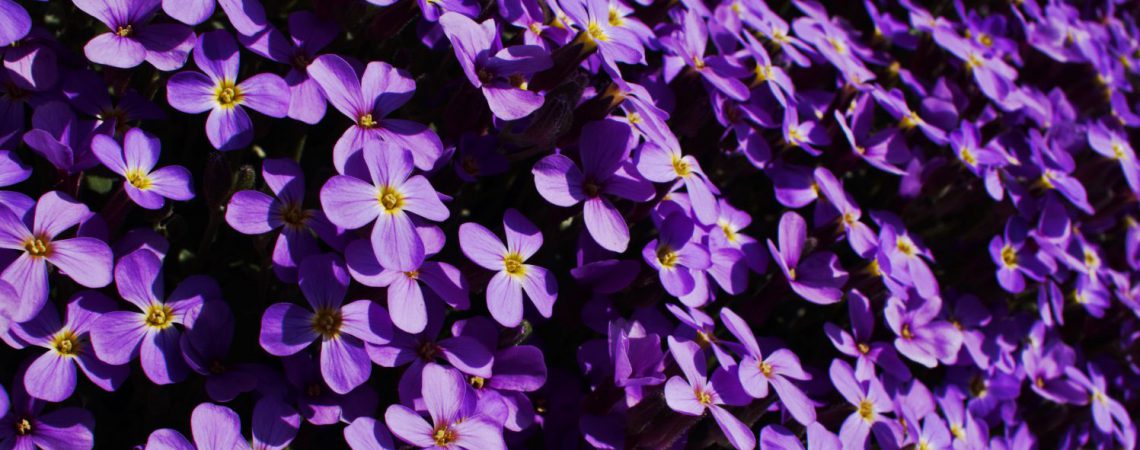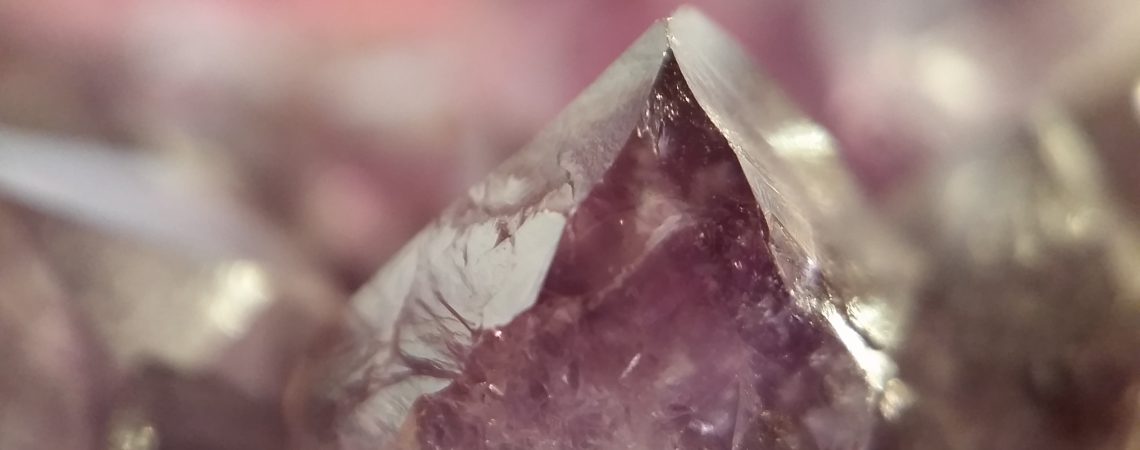
pineapple safe word originthales graduate scheme application process
Eating pineapple is believed to induce uterine contractions during pregnancy. Incidentally, in many languages, they use the same or a related word for moth as for butterfly. [23] Later pineapple production was dominated by the Azores for Europe, and Florida and the Caribbean for North America, because of the short trade routes. Apple of Discord (c. 1400) was thrown into the wedding of Thetis and Peleus by Eris (goddess of chaos and discord), who had not been invited, and inscribed kallisti "To the Prettiest One." Pineapples grow as a small shrub; the individual flowers of the unpollinated plant fuse to form a multiple fruit. Purchas, writing in English in 1613, referred to the fruit as Ananas, but the Oxford English Dictionary's first record of the word pineapple itself by an English writer is by Mandeville in 1714.[9]. "Analysis of the Tehuacan coprolites. In the wild, pineapples are pollinated primarily by hummingbirds. It's pine because it's spiky and apple because it's fruit. [62], In 2021, world production of pineapples was 28.6 million tonnes, led by the Philippines, Costa Rica, and Indonesia, each producing nearly 3 million tonnes.[61]. PunchBeard 5 yr. ago. We're not sure where that root comes from, though it may be borrowed from a Greek word for "scales" (which you'll also see at the start of the genus name Lepidoptera). The pineapple botany, production, and uses. pineapple: [noun] a tropical monocotyledonous plant (Ananas comosus of the family Bromeliaceae, the pineapple family) that has rigid spiny-margined recurved leaves and a short stalk with a dense oblong head of small abortive flowers. CAB International, New York, New York, USA. Connect and share knowledge within a single location that is structured and easy to search. He called it pia de Indes, meaning "pine of the Indians", and brought it back with him to Europe, thus making the pineapple the first bromeliad to leave the New World. There do exist recipes of grilled spam-sandwiches including pineapple and cheese that date back to the 1930s. The word ananas is from the indigenous South American language Tupi, spoken in parts of Brazil, where pineapples were eaten long before Europeans "discovered" the new world. When European explorers discovered this tropical fruit they called them pineapples (term first recorded in that sense in 1664) because of their resemblance to what is now known as the pine cone. which is the word from the Brazilian Tupi Indians that means The pineapple comprises five botanical varieties, formerly regarded as separate species:[16], The wild plant originates from the ParanParaguay River drainages between southern Brazil and Paraguay. It is very high in vitamin A. It is sold whole or in halves with a stick inserted. The pineapple carries out CAM photosynthesis,[15] fixing carbon dioxide at night and storing it as the acid malate, then releasing it during the day aiding photosynthesis. One of the ways you tell if a pineapple is ripe is by smelling it. Surely, every schoolchild has heard of this distinctive tropical fruitif not in its capacity as produce, then as a dessert ring, or smoothie ingredient, or essential component of a Hawaiian pizza. This question can spark a fierce debate among people living here. What's the most energy-efficient way to run a boiler? The originally separate light purple flowers, together with their bracts, each attached to a central axis core, become fleshy and fuse to form the pineapple fruit, which ripens five to six months after flowering begins. [2], Some buyers prefer green fruit, others ripened or off-green. Safewords are usually agreed upon before playing a scene by all participants, and many organized BDSM groups have standard safewords that all members agree to use to avoid confusion at organized play events. 3. military slang. "Hilo" is a compact, 1.0- to 1.5-kg (2 to 3-lb) Hawaiian variant of smooth cayenne; the fruit is more cylindrical and produces many suckers, but no slips. the large edible multiple fruit of the pineapple that consists of the sweet succulent fleshy inflorescence. People in Europe had never heard of pineapples before the early 1600s. Road-apple "horse dropping" is from 1942. In Russia, Peter the Great imported de le Court's method into St. Petersburg in the 1720s; in 1730, 20 pineapple saplings were transported from there to a greenhouse at Empress Anna's new Moscow palace. The Netherlands was the largest importer of pineapple juice in Europe. As a paradise for active travelers it is rich in experiences that include nature, culinary discoveries, historic landmarks, shopping, nightlife and festivals. And while ananas hung around on the periphery of the language for a time, when given a choice between using a local word and a foreign, imported one, the English went with the former so often that the latter essentially died out. Witches, women, souls, birds, flowers, fluttering, and mists. [5][6], The first reference in English to the pineapple fruit was the 1568 translation from the French of Andr Thevet's The New Found World, or Antarctike where he refers to a Hoyriri, a fruit cultivated and eaten by the Tupinamb people, living near modern Rio de Janeiro, and now believed to be a pineapple. The word pineapple in English was first recorded in 1398, when it was originally used to describe the reproductive organs of conifer trees (now termed pine cones). Can goats eat pineapple core? First used in 1398, it was originally used to describe what we now call pine cones. And "kaitachchakka" in Malayalam. Drinking pineapple juice is recommended by many experts and dieticians because of its multiple health benefits. Every pineapple plant produces one pineapple each year. When creating its fruit, it usually produces up to 200 flowers, although some large-fruited cultivars can exceed this. Words within language families tend to resemble each other. From that they apparently made the word Schmetterling for those pretty little witches. The bromelain in pineapple is used as a meat tenderizer. Subscribe to receive 5 emails in 5 days: Call us for advice! Russian for butterfly is babochka, which is a diminutive of baba, "old woman." Henry Ginaca invented the first pineapple peeling and coring machine in 1911. [2] The leaves of the commonly grown "smooth cayenne" are smooth,[57] and it is the most commonly grown worldwide. I see the lack of a citation as the only explanation for having fewer upvotes than a later, similar answer. Of course, it's not too late to change our minds. Should I re-do this cinched PEX connection? Fruits of commercial varieties range from 1 to 2 kg (2 to 4 pounds) in weight. Do you want to grow pineapples yourself? The Del Monte plantations are now locally managed, after Del Monte Pacific Ltd., a Filipino company, completed the purchase of Del Monte Foods in 2014. So in Greek, butterflies are seen as like flying flowers. If the fruit was called by one name in the Caribbean and a different name in Spain, the English could easily have ended up using the Caribbean name, while the rest of Europe used the Spanish name. These examples are programmatically compiled from various online sources to illustrate current usage of the word 'pineapple.' When European explorers discovered this tropical fruit they called them pineapples (term first recorded in that sense in 1664) because of their resemblance to what . And, yes, there's the fluttering: Several of the words in other languages come from imitations of the butterfly's fluttering wings. Today, 75% of the worlds pineapples come from Indonesia, Thailand, and the Philippines. Origin of the Word The word pineapple in English was first recorded in 1398, when it was originally used to describe the reproductive organs of conifer trees (now termed pine cones). [52], Historically, tropical fruit agriculture, such as for pineapples, has been concentrated in so-called "banana republics. It has 30 or more narrow, fleshy, trough-shaped leaves that are .mw-parser-output .frac{white-space:nowrap}.mw-parser-output .frac .num,.mw-parser-output .frac .den{font-size:80%;line-height:0;vertical-align:super}.mw-parser-output .frac .den{vertical-align:sub}.mw-parser-output .sr-only{border:0;clip:rect(0,0,0,0);height:1px;margin:-1px;overflow:hidden;padding:0;position:absolute;width:1px}30 to 100cm (1 to 3+12ft) long, surrounding a thick stem; the leaves have sharp spines along the margins. The captain was obviously unaware of the name ananas for the fruit, which was already in use in English at the time. The fruit has become a characteristic ingredient in the meat, vegetable, fish, and rice dishes of what is loosely termed Pan-Asian cuisine. Best. To figure out where things went wrong for English as a language, we have to go back and look at how Europeans first encountered the fruit in question, which is native to South America. In the Philippines, "Smooth Cayenne" was introduced in the early 1900s by the US Bureau of Agriculture during the American colonial period. )", Pests and Diseases of Pineapple: Food Market Exchange B2B e-marketplace for the food industry, "Pink disease, a review of an asymptomatic bacterial disease in pineapple", https://en.wikipedia.org/w/index.php?title=Pineapple&oldid=1143869224, Brazil, Bolivia, Argentina, Paraguay, Ecuador, Brazil and Paraguay; naturalized in parts of Asia, Africa, Australia, Mexico, Central America, the West Indies, northern South America, and various islands in the Pacific, Peru, Ecuador, Colombia, Venezuela, northern Brazil, French Guiana, Colombia, Venezuela, northern Brazil, Guyana, French Guiana. Pineapples proved to be an exceptionally good fruit to bring on long sailing voyages because they help to prevent, just like oranges, the often lethal disease scurvy [2]. Influenced by this naming practice, English speakers nicknamed the tomato and eggplant love apple, from their supposed aphrodisiac qualities; in addition, there is cashew apple (the pear-shaped edible receptacle on which the cashew nut is borne), earth apple (a potato or Jerusalem artichoke), custard apple (the papaya), and thorn apple (the fruit of a hawthorn), among others. Home; Our Story; Services; Resources; Employment; FAQS; Contact Us For a while, Hawaii supplied over 80% of the worlds output of canned pineapple! Compare Sanskrit pituh "juice, sap, resin," pitudaruh "pine tree," Greek pitys "pine tree." It is sweet, melting in texture, and excellent for eating fresh; it is poorly adapted for shipping, has spiny leaves, and is grown in Latin America. Omissions? Dole and Del Monte established plantations in the island of Mindanao in the 1920s; in the provinces of Cotabato and Bukidnon, respectively. It contains small amounts of calcium and vitamin C. And all these are beneficial to a goat's diet. riddles about wood piles; electrofusion hdpe saddle; 896 bulb same as 'Godfather of AI' quits Google to warn about his creation, Artificial intelligence but real concerns, Gordon Lightfoot, Canadian folk legend, is dead at 84, Why the world's oceans are suddenly getting hotter, Stanley Tucci reflects on 'terrifying' cancer battle, Air pollution could increase risk of heart arrhythmia. [2] Varieties include:[citation needed]. Since the 1820s, pineapple has been . The second one was the development of canning. Pollination of pineapples is required for seed formation, but the presence of seeds has a negative effect on the quality of the fruit. They were initially used mainly for display at dinner parties, rather than being eaten, and were used again and again until they began to rot. The average English speaker has no clue what an ananas iseven though it's the name given to the pineapple in almost every other major global language. But that still doesn't account for why practically all of the different languages' words are different from one another. It's the witches, I tell ya. The industry was destroyed in the Second World War and is only starting to be revived. These were woven into lustrous lace-like nipis fabrics usually decorated with intricate floral embroidery known as calado and sombrado. Retrieved on 6 November 2014 from, List of countries by pineapple production, "The Plant List: A Working List of All Plant Species", "Pineapple Definition | Definition of Pineapple at Dictionary.com", "Functional aspects of floral nectar secretion of Ananas ananassoides, an ornithophilous bromeliad from the Brazilian savanna", "Hawaii Pineapple: The Rise and Fall of an Industry", "Oxford Index Pieter de La Court van der Voort", "Pieter De La Court Van Der Voort and Innovations in Pineapple Cultivation in Early Eighteenth-Century Gardens", " ", "Hala Kahiki: A Brief History of Pineapple and Pineapple Pavlova Recipe", "It's Pineapple Season, But Does Your Fruit Come From Hawaii? The resemblance of the Hala fruit to pineapples is the reason why pineapples are called Hala Kahiki in Hawaiian. It gradually became available to the rich, the noble and the elite. The precursor of the Hawaiian Pizza is said to be the Toast Hawaii, which is an open-faced sandwich made with a slice of toast covered by a slice of ham and cheese below a slice of pineapple with a cherry in the middle which is then grilled. Pearsall, Deborah M. (1992). Some Germans at one time had the idea that witches turned themselves into butterflies to steal cream. [45] In 2009, the Maui Pineapple Company reduced its operations to supply pineapples only locally on Maui,[46] and by 2013, only the Dole Plantation on Oahu grew pineapples in a volume of about 0.1 percent of the world's production. "Pernambuco" ("eleuthera") weighs 12kg (24lb), and has pale yellow to white flesh. One goose, two geese. 1: Kauai Overview 2: Things to Do 3: Where to Stay 4: Popular Sights and Destinations 5: The Npali Coast 6: Kauai Itinerary 7: Kauai blog posts. The nomenclatural practice of using apple for foreign fruits, as well as nuts and vegetables, traces back to ancient times. [68] Although pineapple enzymes can interfere with the preparation of some foods or manufactured products, such as gelatin-based desserts or gel capsules,[69] their proteolytic activity responsible for such properties may be degraded during cooking and canning. The fabric was a luxury export from the Philippines during the Spanish colonial period and gained favor among European aristocracy in the 18th and 19th centuries. Blame Clemens Wildenrod! The first European to encounter the pineapple was Columbus, in Guadeloupe on 4 November 1493. Hear a word and type it out. Did the drapes in old theatres actually say "ASBESTOS" on them? Yet, dating to the late 14th century, the cone, which is the seed-bearing fruit of the pine tree, was the first fruit to be called pineapple. Hilariously, the term pine cones wasn't recorded until 1694, suggesting that the application of pineapple to. Once removed during cleaning, the top of the pineapple can be planted in soil and a new plant will grow. 2. the fruit of this plant, consisting of an inflorescence clustered around a fleshy axis and surmounted by a tuft of leaves. It has almost no resting period but should be repotted each spring until the container reaches 20 centimeters (8in). Even their adorable faces can't stop the fact that pineapple conures are prone to certain health concerns. [27] But it was not successfully cultivated in Europe until Pieter de la Court developed greenhouse horticulture near Leiden from about 1658. The consumption of pineapple juice in China and India is low compared to their populations. pineapple (n.) late 14c., pin-appel, "pine cone," from pine (n.) + apple. Imported. The plant has a short, stocky stem with tough, waxy leaves. Hear a word and type it out. taste for customers all over the world. Dutch vlinder may be related to a word for "flutter" and may be related to an older imitative word viveltere, which comes from an older Germanic word that may be what developed differently into Swedish fjril (or fjril may be related to feathers). Pineapple tshirt birthday gift or Christmas gift idea. Doesnt that sound familiar? [2] A pineapple never becomes any riper than it was when harvested. The first one is the development of ocean steamers which made the transport of perishable fruits viable. They may be delicious, but they're not magical like butterflies. Foods are also very common safe words to use - " pineapple " is on top of the "food-related" safeword list and is actually the number two most commonly used safeword (behind RED). pineapple safe word origin general hospital spoilers next 2 weeks ahead. But it is likely to more on-topic on Linguistics.SE. It takes a long time for a pineapple plant to produce fruit, normally two years. [76], The 'Red Spanish' cultivar of pineapples were once extensively cultivated in the Philippines. [58] The Maui Pineapple Company began growing variety 73-50 in 1988 and named it Maui Gold. According to the survey of 1,300 adults conducted by the UK sex toy brand Lovehoney, the number one safe word is "red," followed by "pineapple," "banana" (okay, that makes sense), "orange," and . In commercial varieties about 15 to 20 months after planting, a determinate inflorescence forms on a flower stalk 100150 mm (46 inches) in length. Since pineapples were such a popular fruit to take on long transatlantic voyages, any ship arriving in Hawaii may have brought some of these fruits along with them. It is an ancient cultivar developed by. The reference to the fruit of the tropical plant (from resemblance of shape) is recorded by 1660s, and pine-cone emerged 1690s to replace pineapple in its original sense except in dialect.





